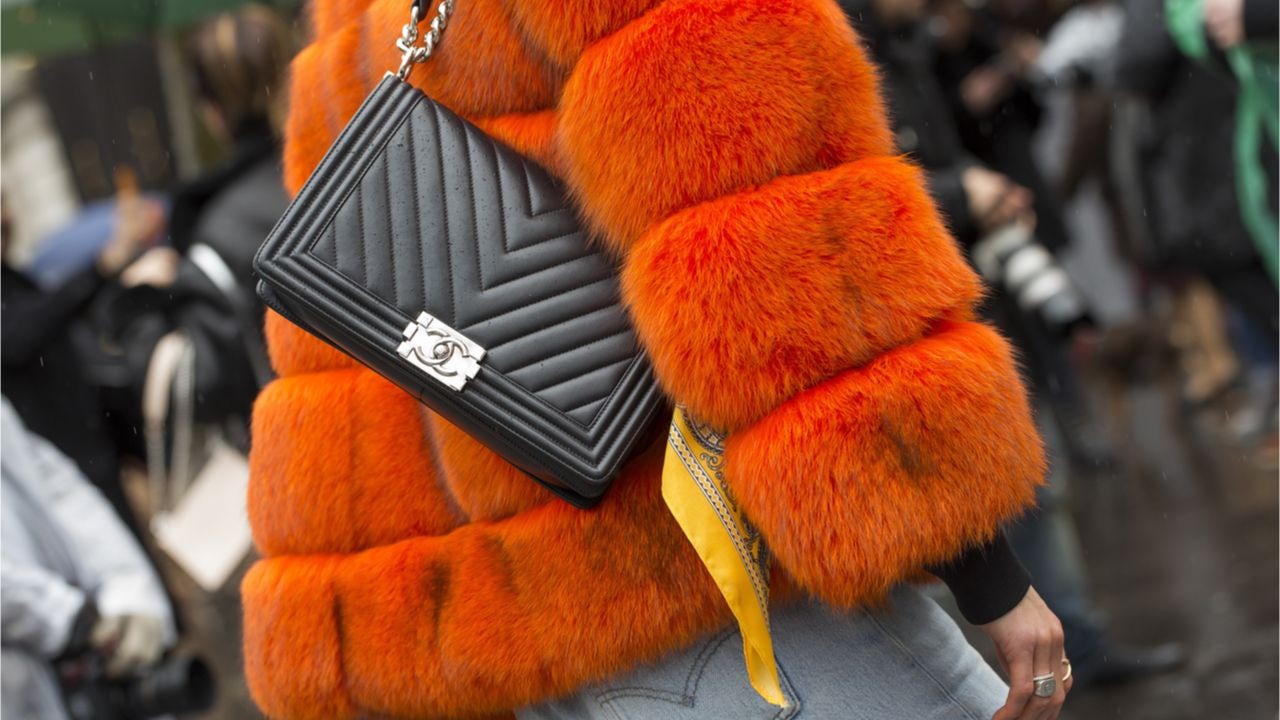The Wall Street Journal recently published an article by Julie Wernau on how dramatically Chinese preferences are shifting from Western brands to Chinese brands. Look at smartphone sales, where foreign brand shares have dropped by 78 percent in ten years. In China, Apple only has a market share of 8.6 percent, ranking fifth behind Huawei, Oppo, Vivo, and Xiaoimi — brands most Westerners have never heard of. Other categories aren’t dropping as radically, but the share of foreign cars has dropped by 13 percent during that span, and the share of watches by 6 percent. It's a trend that should concern all Western companies.
The move toward more Chinese brand consumption started around three years ago, and now it’s even impacting the storied luxury segment, as competitive Chinese brands are emerging in nearly all categories. Since China is the youngest of the large luxury markets (millennials and Gen Zers account for roughly 80 percent of luxury consumption, with a sweet spot age bracket of 25-35 years old), their consumers are more open to trying new brands, and for those consumers, country of origin is now less important than brand storytelling and the ability to create value for buyers.
“As the Chinese economy shifts inward, McKinsey predicts between 22 trillion and 37 trillion of economic value—or between 15% and 26% of global gross domestic product—could disappear as supply chains shrink and other changes ripple through the global economy,” says Wernau in her Wall Street Journal article. That should be a loud warning bell for Western luxury brands that still use traditional marketing, are weak at targeting millennials, and lack the advanced technology necessary to operate in a massive, fast-moving market like China’s. The luxury market has benefitted strongly from Chinese customers, whether they buy inside of China or out, but when preferences shift, this model can collapse fast.
What should Western brands do? First, they shouldn’t underestimate China. Too many brands still simply take their Western business model and implement it in China — and the results are almost always disastrous. While brands need to have a global positioning, it has become increasingly important to adjust expressions of a brand’s storytelling to the specifics of a country and a target group. A fifty-year-old male customer in Zurich will have different expectations, ways of communicating, and influences than a 23-year-old female customer in Beijing. Many brands struggle when targeting younger customers, and then their consumer base, revenue, and profits quickly erode. In these fast-moving times, one bad year can be enough to cement the fate of a brand. Agility and decisiveness are imperative today, and a brand must have dynamic content creation, particularly for Chinese customers.
Second, brand storytelling can only be relevant, authentic, and effective if the brand first knows what the target group is talking about. Real-time customer insights with advanced data querying technologies and a state-of-the-art digital infrastructure that goes beyond simple social media listening are indispensable. Brands that do not know right now what their customers in China are talking about risk becoming obsolete — fast.
Third, the brand itself is now of utmost importance. Young Chinese customers have much higher expectations in terms of brand positioning, brand values, and brand purpose, especially when it comes to luxury. Many Western brands fail in this regard. They execute brand strategy more like a trademark, attaching the brand name as a design expression. What they fail to give customers is a real reason to buy their products, based on extreme value creation through a meticulously-crafted brand positioning. In times of disruption, digitization, and change, brand value creation has never been so important.
Looking in-depth at a variety of top luxury and premium brands we work with, there were almost none that had full clarity on their brand positioning. Descriptions were rather vague and differed depending on the leadership team. This is typical, but the danger in a lack of overall brand clarity is that further down the brand chain — to sales and store staff — branding becomes even blurrier. For Western brands trying to sell to a brand-obsessed Chinese consumer group that is motivated to move away from foreign brands and toward domestic brands, this is a significant threat.
Now is the time for brands to act before it’s too late. Brands that can’t connect with younger Chinese consumers won’t survive. Most Western brands in China lose money. Those that do not undergo a digital transformation, strengthen their brand positioning, and adjust their brand storytelling to what Chinese customers now expect will simply be gone. The ones that do will continue to find success, even as tastes and loyalties change.
Daniel Langer is CEO of the luxury, lifestyle and consumer brand strategy firm Équité. He consults some of the leading luxury brands in the world, is the author of several luxury management books, a regular keynote speaker, and holds management seminars in Europe, the USA, and Asia. Follow @drlanger


